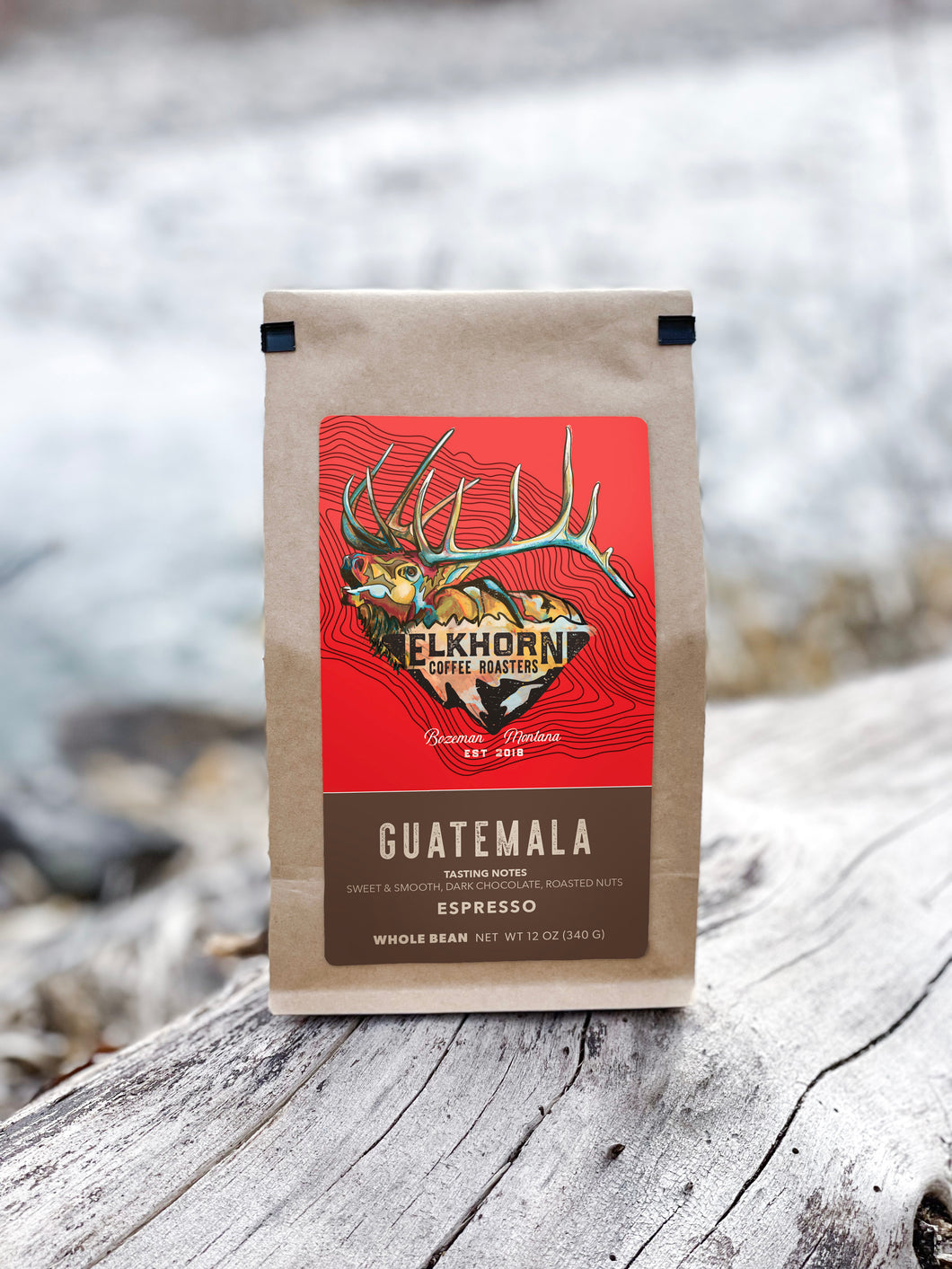How SOE Single Origin Espresso Transforms Your Wake-Up Brew
How SOE Single Origin Espresso Transforms Your Wake-Up Brew
Blog Article
Checking Out the Rich Flavors of Coffee Beans: a Deep Dive Into Coffee and Blended Coffee Beans
When you discover the abundant tastes of coffee beans, you discover a complicated globe where each selection brings its own personality to your mug. Understanding the origins, refining approaches, and toasting strategies can change your coffee experience. As you navigate via the art of espresso and the creativity behind mixed coffees, you'll start to appreciate the subtleties that make each sip one-of-a-kind. What you'll uncover following may alter the means you appreciate your early morning brew.
The Beginnings of Coffee Beans: Discovering Terroir and Flavor Profiles
When you take a sip of coffee, you're not simply delighting in a drink; you're experiencing an abundant tapestry of flavors shaped by the beans' origins. Each region creates special flavor accounts affected by climate, dirt, and altitude. Beans from Ethiopia commonly burst with intense, fruity notes, while those from Colombia tend to offer a well balanced, nutty sweetness.
As you discover various beginnings, you'll discover just how terroir-- the ecological factors affecting a plant-- plays an essential function - Single Origin Espresso. The exact same coffee range can taste drastically various depending upon where it's grown
When you think about these variables, you begin to appreciate the complexity behind your mug. Each sip narrates of the land and the farmers that nurtured the beans. Following time you delight, believe concerning the trip your coffee took prior to it reached your hands, and appreciate those elaborate tastes that reflect its beginning.
Recognizing Coffee: The Art and Scientific Research Behind the Mixture
When you think regarding espresso, it's not almost the solid flavor; it's additionally concerning the strategies that bring it to life. Understanding exactly how different preparation methods impact taste can change your brewing experience. Let's explore the intricacies of coffee preparation and discover the one-of-a-kind taste profiles that make each mug unique.
Espresso Prep Work Strategies
Espresso preparation is both an art and a science, combining exact techniques with a deep understanding of coffee. To start, you'll intend to choose high-grade, freshly baked beans and grind them carefully for optimal extraction (Single Origin Espresso). The work size is crucial; as well rugged, and your coffee will be weak, as well great, and it'll be bitter
Following, tamp the premises equally in the portafilter to assure consistent extraction. When you lock it into the equipment, go for a brewing temperature level between 190 ° F and 205 °
F.As you draw the shot, watch for the best extraction time-- around 25-30 secs. The result needs to be a rich, luscious espresso with a stunning layer of crema ahead. With method, you'll master these strategies.
Flavor Accounts Discussed
The world of espresso offers a rich tapestry of flavor accounts that can boost your coffee experience. Light roasts often showcase bright acidity and dynamic flavors, while dark roasts present deeper, bolder tones.
Recognizing these accounts aids you pick the appropriate coffee for your taste. Trying out with various blends can disclose surprising mixes. A well-crafted mix could harmonize the bright notes of an Ethiopian bean with the rich, chocolatey touches of a Brazilian bean. Welcome the trip of finding espresso's diverse tastes, and you'll change your coffee routine into an exciting journey.
Processing Methods: Just How They Impact Taste and Aroma
While it could appear that the origin of coffee beans is one of the most substantial aspect in determining their taste and fragrance, the processing methods made use of post-harvest play a similarly necessary role. You'll locate that these techniques can significantly alter the last taste account of your cup.
As an example, the washed procedure removes the fruit from the beans prior to fermentation, frequently bring about a cleaner, brighter taste. On the other hand, the natural process leaves the fruit undamaged throughout drying, causing a sweeter, fruitier profile.
Other approaches, like honey processing, strike an equilibrium, allowing some fruit mucilage to continue to be, offering a distinct complexity.
Each processing method interacts with the beans' intrinsic characteristics, improving or silencing details tastes and scents. When you sip that coffee or blended coffee, keep in mind that the trip from cherry to mug is influenced not just by beginning yet also by how those beans were processed.
Roasting Methods: Opening the Complete Potential of Coffee Beans
Roasting strategies are essential for revealing the full capacity of coffee beans, as they change raw, environment-friendly beans right into the fragrant, savory coffee you appreciate. The selection of toasting approach-- light, medium, or dark-- significantly influences flavor accounts.
A slower roast at lower temperatures allows for intricate tastes to develop, while a quicker roast can intensify anger. By understanding these strategies, you'll expose a world of taste, raising your coffee experience to brand-new elevations.
The Magic of Blended Coffee: Creating One-of-a-kind Taste Experiences
Developing a special flavor experience with combined coffee can transform your early morning ritual right into an exploration of taste. By incorporating different beans from various areas, you can reveal a harmony of flavors that raise your cup to new elevations. Each blend offers an unique account, stabilizing body, acidity, and sweetness to produce something really unique.
When you choose a blend, you're not simply picking a coffee; you're picking a journey throughout varied landscapes and cultures. Explore different mixes allows you to uncover your individual faves, whether you take pleasure in fruity notes or abundant, chocolatey undertones.

Sampling Notes: Recognizing the Subtleties in Your Mug
As you drink your coffee, you might discover a spectrum of tastes dancing on your palate, each exposing the complexities of the beans. You might taste the intense level of acidity reminiscent of citrus or the deep, rich notes similar to dark delicious chocolate. The sweet taste can stimulate honey or caramel, stabilizing the general account beautifully.
Take notice of the body of the coffee-- does it feel airy and light, or is it complete and luscious? The finish, too, offers clues; a explanation remaining aftertaste may hint at nuttiness or floral undertones.

Do not fail to remember to check out the distinct qualities of browse around this web-site different beginnings, as each area gives unique tastes - Single Origin Espresso. Ethiopian coffees typically present fruity notes, while Colombian beans could showcase a more spherical sweet taste. By acknowledging these nuances, you'll grow your recognition for every cup, raising your coffee experience to new elevations

Brewing Methods: Making The Most Of Flavor Removal for each Bean
When you explore the numerous brewing methods, you'll find that each technique can significantly influence the flavor account of your coffee. From French press to pour-over, each method essences different substances, improving or silencing certain notes. Making use of a French press enables oils to continue to be in the brew, developing a richer taste, while pour-over stresses clarity and illumination.
Temperature and grind size likewise play necessary functions. A coarser grind works best for cool mixtures, while a great work is optimal for coffee. Trying out with water temperature-- between 195 ° F and 205 ° F-- can disclose covert flavors, as well.
Do not ignore steeping time; a fast removal can lead to sour notes, while over-extraction may yield resentment. By changing these variables, you can make the most of flavor removal and absolutely boost your coffee experience. Delight in the trip of finding what approach ideal fits your taste buds!
Regularly Asked Questions
What Is the Perfect Water Temperature Level for Brewing Coffee?
The suitable water temperature for developing coffee's in between 195 ° F and 205 ° F. If you utilize water that's also hot, you'll over-extract flavors; as see this site well chilly, and you will not extract sufficient. Aim for that pleasant spot for the finest brew!
Exactly How Does Grind Size Influence Coffee Taste?
Work size considerably influences coffee taste. Finer grinds extract a lot more oils and flavors, resulting in a bolder preference, while coarser grinds yield a lighter flavor. Adjusting grind size helps you accomplish your desired coffee profile.
Exist Health Advantages Linked With Alcohol Consumption Coffee?

What Is the Difference Between Arabica and Robusta Beans?
Arabica beans are smoother and sweeter, often including fruity tastes, while robusta beans are stronger with a bitter taste and higher caffeine web content. You'll observe these differences in aroma and developing experience.
Exactly How Can I Store Coffee Beans for Quality?
To save coffee beans for freshness, keep them in an impermeable container, far from light, dampness, and warm. If you just grind what you need right prior to brewing., you'll keep their flavor much longer.
Discovering the Rich Tastes of Coffee Beans: a Deep Dive Into Coffee and Blended Coffee Beans.
When you explore the abundant flavors of coffee beans, you reveal a complex globe where each range brings its very own character to your mug.When you take a sip of coffee, you're not just delighting in a beverage; you're experiencing an abundant tapestry of flavors shaped by the beans' beginnings.Roasting techniques are important for disclosing the complete potential of coffee beans, as they transform raw, green beans right into the aromatic, flavorful coffee you delight in.As you drink your coffee, you could discover a spectrum of tastes dancing on your taste, each disclosing the details of the beans.
Report this page